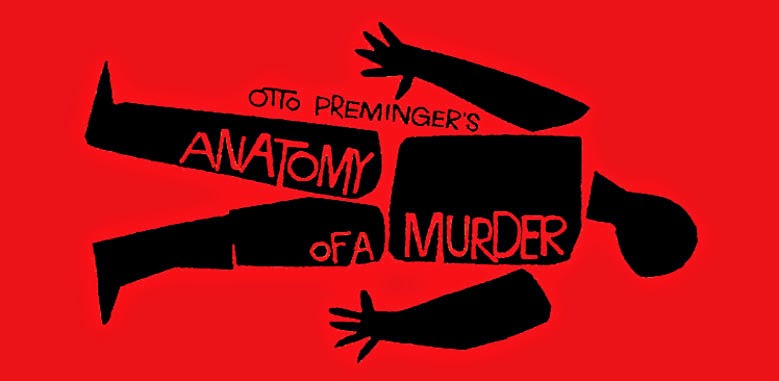Now that I have discussed the
evolution of graphic design from the beginning of the human race with cave
paintings in France, to typography, up through eh Bauhaus, War propaganda and
American design in New York we finally reach the main event for my studies in
this class. My main focus at the University of Redlands has been to study the
creation of video games in the hopes that I would one day be able to create my
own gaming company. Video Games have had a very impactful presence in my life. It’s
how I’ve connected with friends and connected with friends who have moved away
from me. It is here and now that I am doing research on the history of
videogame graphics and how they have evolved from the beginning until now.
Contrary to popular belief the first
video game was created back in the 1940s when Thomas T. Goldsmith Jr. and Estle
Ray Mann created a rocket simulator on a Cathode ray tube. Back in the 1940’s
however computers were very expensive and hard to come by and therefore
computer graphics could not be developed for video games. Of course as soon as
Apple’s Mac and Microsoft Pc came out people took immediately to creating video
games with graphic displays. As the original operating system was the Disc
Operating System or DoS for short the only graphical displays that could be
produced were text boxes on a black screen. These games called Text based games
are arguable considered the world’s first real video games however it depends
on personal opinion on the definition of games themselves.
By 1960 at MIT a group of hackers
hacked into the schools revolutionary TX-0 computers and established a vector
based game in which two player controlled ships were used to fight against each
other on the screen. The game was called Spacewars!
And it revolutionized the concept for video games. It was during this time that
Ralph Baer would come in to create the world’s first every home console where
games could be played in homes on peoples TV sets. TVs were not computers and
so it was difficult to get a TV to generate graphics for people to be able to
play in their living rooms. The result that Baer came to was to create logic circuits
to send visual signals to the television and use the pixels of the screen to
create images. These pixels were created in an 8-bit format and this 8-bit
graphics were born. This format took hold to further develop into arcade games
like Pac-Man and Donkey Kong, where the ever popular character Mario made his
debut. From here the company Nintendo is developed and they take Mario to new heights
with the establishment of the Super Mario Bros. This game created what would be
called side scrollers where the game was made in a 2D format and the screen
would scroll sideways as you moved your character to the edges of the screen.
This would go on for years until Nintendo’s invention of the Nintendo 64 brining
3D graphics into play. 3D would play as the main graphic style for video games
until just recently in 2012 when eighteen year old Palmer Luckey invented the
virtual reality headset called the Occulus rift which brings in the future
style of 4d virtual graphics.
The Occulus rift is still not
available for public release however youtubers like Markaplier and Tobuscus
have been able to Beta test them with horror and adventure games. While this
brings in a new style of graphics that are thus far unknown the future looks
promising.

.jpg)

.jpg)














.jpg)












.jpg)








.jpg)
.jpg)


.jpg)

.jpg)
.jpg)


